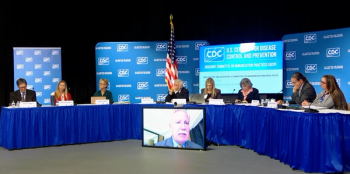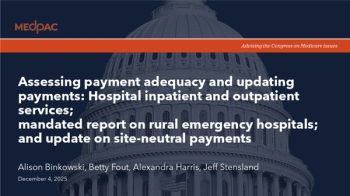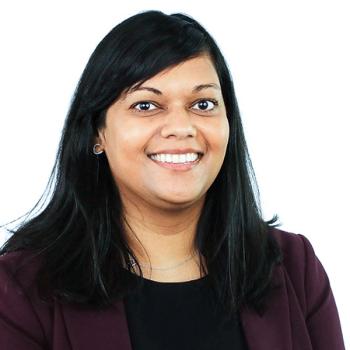
Nearly 1 in 3 family physicians report loneliness — and it’s shaping patient care
Key Takeaways
- 28% of academic family physicians report high loneliness, exceeding general population rates, with minority groups most affected.
- Loneliness among physicians correlates with reduced patient engagement on social isolation and less collaboration with community resources.
A new national survey finds loneliness is widespread among academic family physicians, especially women and minority doctors, and may be hindering efforts to address the same issue in patients.
A surprising number of family medicine physicians are feeling isolated, and it may be affecting how they practice, teach and connect with patients.
A new study published May 8 in
“Family medicine educators experience substantial rates of loneliness, particularly among minority groups, at levels exceeding those of their patients and the general population,” the study’s authors wrote.
The report, which surveyed more than 1,000 academic family physicians across the U.S., offers one of the first national snapshots of loneliness within the profession. Researchers used the
Women physicians, Black physicians and those self-identifying as underrepresented in medicine were especially affected. Among Black respondents, 40.3% reported significant loneliness, the highest rate of any group.
When the doctor feels disconnected
The study noted that doctors who reported feelings of loneliness were less likely to address social isolation in their patients. Just 23.7% of those with high loneliness scores said they often or always discussed the topic with patients, compared to 32% of those with lower scores.
They were also less likely to partner with community organizations or talk about loneliness with students or trainees.
Yet most physicians in the study agreed that loneliness and social isolation are real issues in primary care. More than half (54.1%) said it’s an important topic in family medicine, and nearly 70% supported regular screenings. Only a third (32.5%) said it’s their job to manage it.
The paradox of lonely clinicians
It might seem odd that physicians — especially those in academic settings, surrounded by students, colleagues and patients — would feel lonely. The authors suggest, though, that constant interaction doesn’t always equal connection.
“Being surrounded by people does not necessarily translate into meaningful connection,” the authors wrote.
In fact, the pressures of documentation, siloed workdays and limited time for collegial interaction may be feeding into the sense of isolation. For women, Black and other underrepresented physicians, experiences of bias or exclusion may deepen that divide.
The system isn’t ready
Most respondents (71%) said their clinics don’t have the tools or resources to address social isolation. Half said they rarely or never partner with outside programs, and 45% said they rarely or never discuss the issue with medical learners.
Women were more likely than men to report a lack of internal resources. Physicians who reported feeling lonely were also more likely to say they didn’t have what they needed to help patients facing the same issue.
The authors say the profession needs to look inward before it can effectively tackle loneliness in patients.
“Before implementing widespread
Newsletter
Stay informed and empowered with Medical Economics enewsletter, delivering expert insights, financial strategies, practice management tips and technology trends — tailored for today’s physicians.
















